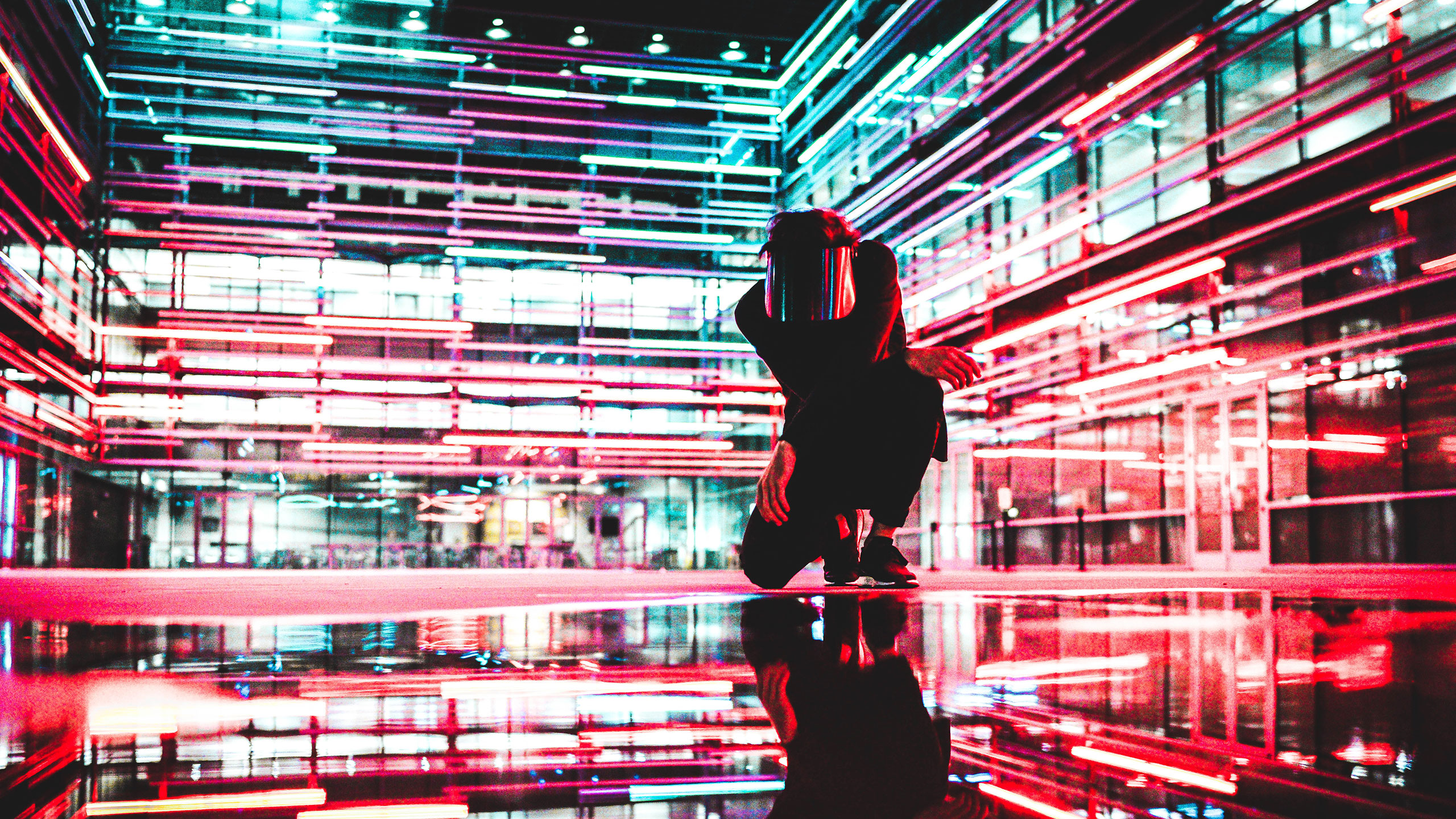
Artificial Intelligence
So how is AI currently being used by the fashion industry? Zalando’s Algorithmic Fashion Companion is a virtual stylist that generates outfit recommendations from their vast inventory in real time based on what customers have browsed, put on their wishlist and purchased before. Amazon’s StyleSnap lets users upload images, then uses machine learning algorithms to find similar items in the photo. In the wake of their stock burning scandal, H&M is analysing reams of consumer data – from blog posts, search engines, customer feedback, in-store and online purchases, as well as external sources – to predict trends months in advance and create products that people might actually want to buy.
Luxury fashion houses such as Marni and Miu Miu are also taking hints from a new class of data analytics platforms such as Edited, which analyses online inventories of brands around the globe, and NextAtlas, which detects emerging trends from social media influencers. By putting consumers at the centre and understanding their preferences, brands won’t need to second-guess and ‘push’ styles onto them. This combined with efficient manufacturing and ever shortening lead times will allow for better resource management, fewer clothes made unnecessarily and a quicker response to changing customer desires.
Blockchain
One way to store and share data is in a blockchain: a digital ledger of immutable, time-stamped records, accessible to anyone with an internet connection. Blockchain can help designers protect their intellectual property and allow retailers/customers to verify the authenticity of a product. For example, LVMH is developing the AURA provenance platform in partnership with Microsoft and ConsenSys, which will track and trace products using Ethereum blockchain technology in order to fight counterfeits – generally made in unregulated workplaces and the disposal of which can take a toll on the environment.
Brands are also using blockchain as a storytelling tool, documenting every step of the manufacturing process so customers can know and trust where their clothes are from and how they were made. London-based, cruelty-free leather accessories designer Martina Spetlova has integrated Provenance’s blockchain technology into chips inside each product, which can be scanned with a smartphone to detail the materials, sourcing and processes used.
Transparency
Exploitation thrives where visibility is lacking and the transparency that technologies like blockchain offer could help combat malpractice. Other platforms like the Fashion Transparency Index by Fashion Revolution – the global campaign for systemic reform of the fashion industry – reviews and ranks the biggest global apparel brands according to how much they disclose about their suppliers, supply chain policies and practices, social and environmental impact. This has pushed companies to provide more information to the public, which will hopefully lead to greater accountability and better business models. As more consumers demand transparency, highlighting best practice could also give brands a competitive edge.
Forecasting the future
Data has the potential to improve sustainability and efficiency, as well as maximise profit. Technology like blockchain can help increase transparency, but will not in itself make the industry more ethical or sustainable. However transparency is key to gain trust and consumer confidence, which is necessary for brands/retailers to be able to capture sufficient shopper information for the effective application of AI to solve problems. AI can predict trends and when they might hit mass adoption, but is unable to invent a trend (yet) and so for now is a useful tool to validate human intuition. Finally, predictive trend analysis will not solve overproduction, so the race is on between customers changing their shopping habits and brands/retailers producing less – and producing better.
Written by Mairi Hare as part of a collaboration between Sourcebook GmbH and Texpertise Network.
Image: Drew Graham